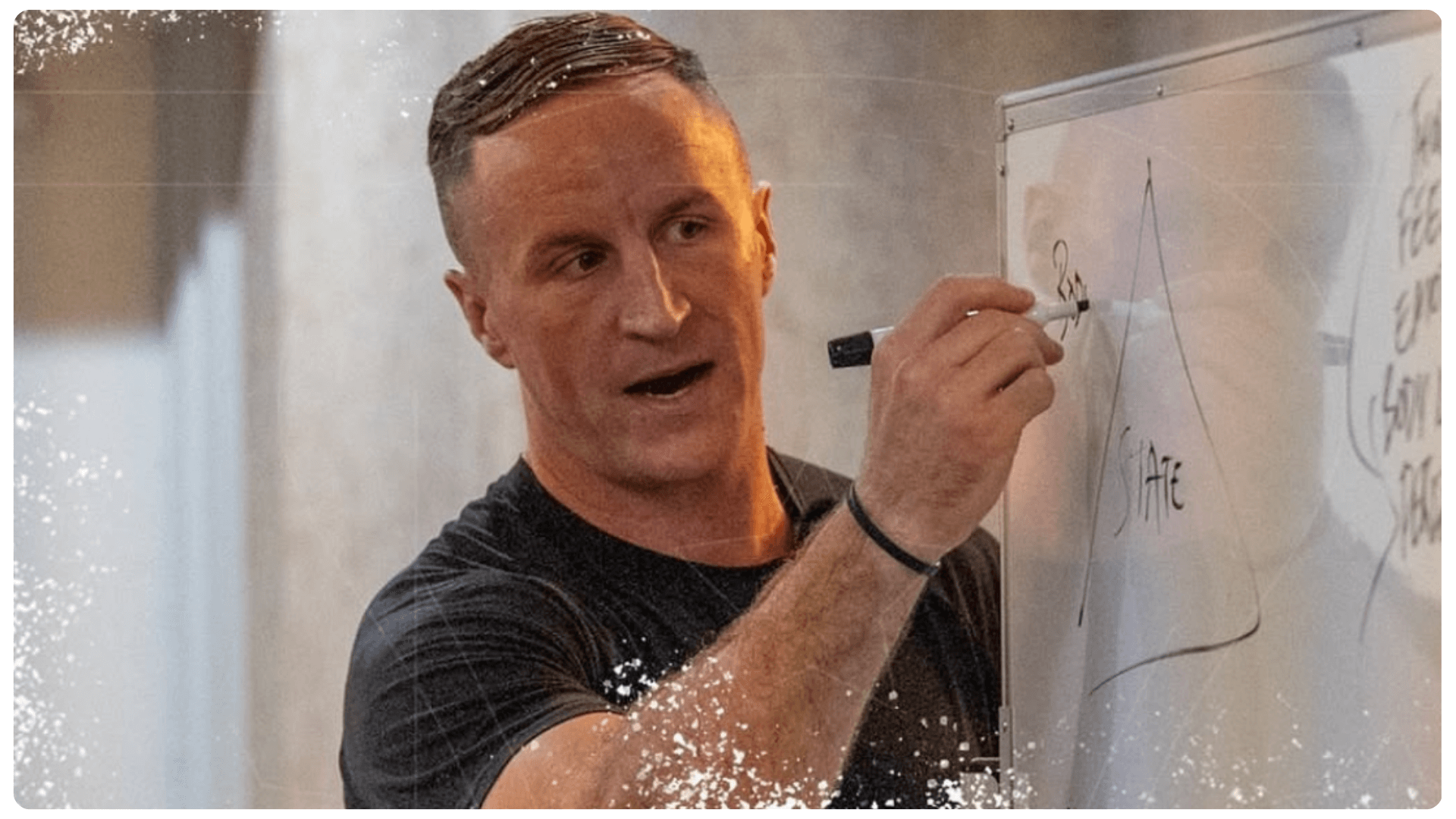Adversity Precedes Resiliency
Will we take the pill or master the skill?

Our personality creates our personal reality. What we value determines how we act. Rather than reacting to the world around us based on pure emotion, we ought to learn how to regulate our emotions and to optimize our behaviors.
Growing up in elementary school, we are taught basic math and reading skills. These subjects help us interpret the world around us.
By middle school, the problems become more difficult to solve; however, they remain external. Why are we never shown how to interpret, work through, and problem-solve our inner worlds?
The metaphor I use with a new client is, together, we build strong psychological architecture. In a similar way to a builder constructing a structure for a family to live in or a company of employees to work inside of, an individual must become an architect of his or her own mind, body, and spirit.
Why do we hold the beliefs we have about ourselves and others? How do we go from where we are now to where we want to be? Most importantly, who are we?
The answers to these questions require time investment, self-reflection, mindfulness meditation, and journaling. Unearthing our internal thoughts, feelings, and emotions allows us to transform our personality. In turn, our personal realities evolve. When we change the way we look at things, the things we look at change.
Along with this practice, here are several pursuits that allow for expression, rather than depression or suppression, of emotions…
The best way to inspire and serve others is to love ourselves first.
The hardest part of mindfulness meditation, becoming curious about oneself and immediate environment without judgment, is carving out time to do it. The second hardest part is sticking to it.
A thread becomes a cable through repetition. Confidence comes from competence. We must be bad and foolish before we are good and masterful. Remember learning how to tie shoes or to memorize phone numbers? The reason we perform these tasks without thought now: thousands and thousands of reps.
Why is this important? Maturation requires emotional regulation. Those who accomplish their goals have self-control. To achieve peak levels of health, an individual must come to understand and to nurture his or her self.
Therefore everyone who hears these words of mine and puts them into practice is like a wise man who built his house on the rock. The rain came down, the streams rose, and the winds blew and beat against that house; yet it did not fall, because it had its foundation on the rock. But everyone who hears these words of mine and does not put them into practice is like a foolish man who built his house on sand. The rain came down, the streams rose, and the winds blew and beat against that house, and it fell with a great crash.
– Matthew 7:24-27
Between every event and our response to it…exists a short gap. During that moment, we have a choice. The quality of our choice is oftentimes determined by the quantity of inner work we’ve done leading up to the event. Little to no work equates to quick outbursts, often detrimental, definitely reactionary. Imagine a hand touching a hot stove. The more work we do, the more we are able to respond with patience, compassion, and understanding. Now imagine a hand wrapping around a warm cup of tea. The unevolved react; the enlightened respond.
Let us build a home between our ears —
One that’s safe, secure, and calm…
through reflection, meditation, and emotional regulation.
External achievement follows internal mastery.
Mark was born and raised in New Jersey where he became an elite high school student-athlete. He earned varsity letters as captain of his high school football, basketball and lacrosse teams and was elected into the National & Spanish National Honor Societies. He attended a post-graduate academic program at Deerfield Academy in Deerfield, MA before college where he earned his Bachelor of Arts degree in Economics from Yale University in New Haven, CT. He is currently a graduate student working toward his doctorate degree in Sport & Performance Psychology at San Diego University for Integrative Studies under Dr. Cristina Versari, Founder & CEO of SDUIS and former Head of Sport Psychology for the National Basketball Association. He is a Teaching Associate with Dr. Robert Gilbert, a Professor at Montclair State University (NJ) and a leading authority and author in the field of Applied Sport Psychology. Mark is currently the lead Mental Health & Wellness Player Advocate for the Premier Lacrosse League.
Mark is a Certified Fitness Trainer, Nutritionist, and Mental Performance Coach. He is currently pursuing a graduate degree in Sport & Performance Psychology at the San Diego University for Integrative Studies.
At Mark Glicini Peak Performance, we recognize that physical health reflects mental health. We study how intention drives behavior and emphasize that true peak performance requires an integrative approach—mind, body, and spirit.
As the Mark Glicini Meaningful Growth Foundation embarks on a journey of endurance and togetherness against the trials and tribulations brought upon by cancer, I state: every inch of my heart is in this.
Like so many, cancer has had a profound impact on my life. It took the lives of my grandfather and uncle before I was born. For years starting in 2011, I stood by my mother’s side as she battled and overcame lymphoma. Her fortitude, unwavering support from loved ones and God’s will triumphed amid extreme adversity.
Although we have not and may not win every fight, we will relentlessly strive to make an individual’s growth meaningful and to ensure his or her family feels cared for and supported. Thank you for your love, God Bless!

Will we take the pill or master the skill?

The only reason we experience fear the present is our memory of the past.

It’s not a destination. It’s not an ultimate goal. It’s not the be-all and end-all. Happiness is an emotion. Happiness is a sensation. Happiness is...